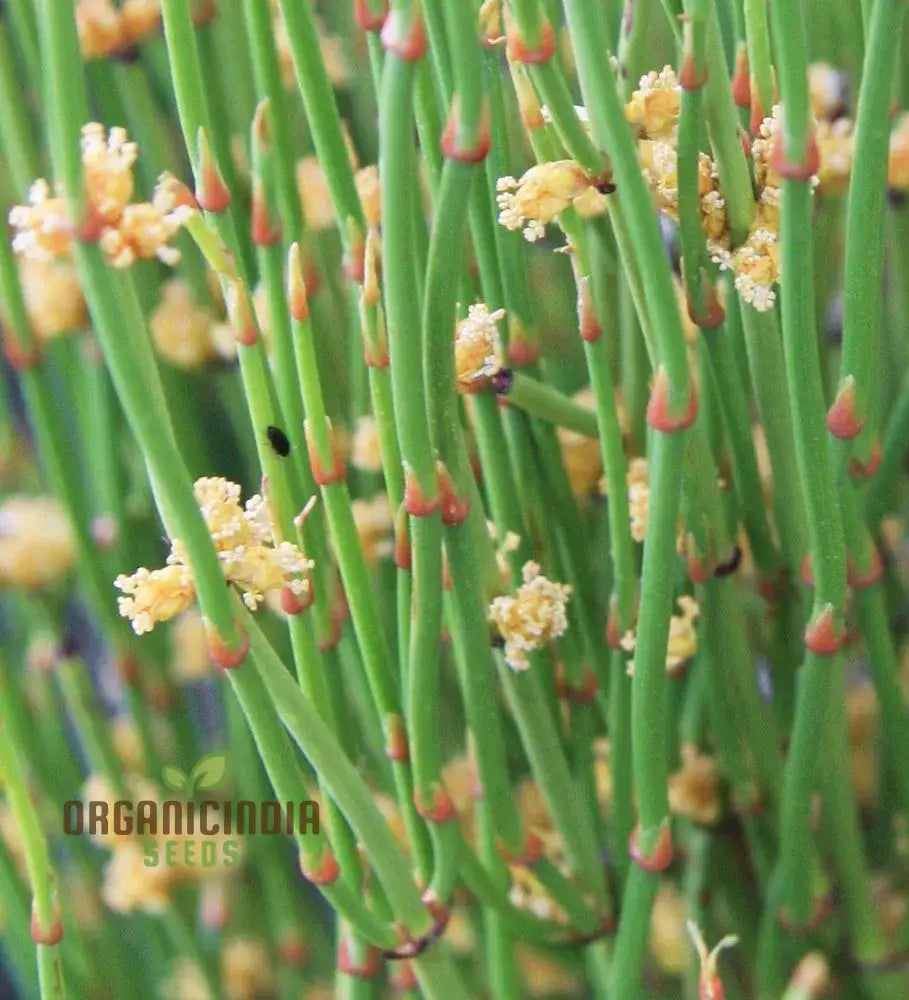Growing Sweet, Juicy Strawberries: A Complete Home Gardening Guide
Strawberries are one of the most beloved fruits, offering a burst of sweetness with every bite. Whether eaten fresh, blended into smoothies, or made into jams, strawberries are a delicious and nutritious addition to any home garden. The best part? They are easy to grow and produce abundant harvests with proper care.
This guide will take you through everything you need to know about growing strawberries, from selecting the right variety and planting at the right time to proper care, harvesting, and companion planting.

Why Grow Your Own Strawberries?
Homegrown strawberries are sweeter, fresher, and healthier than store-bought ones. Here’s why you should grow your own:
- Better Flavor — Store-bought strawberries are often picked unripe and lack full sweetness. Homegrown strawberries ripen naturally, giving them superior taste.
- Chemical-Free — Control over pesticides and fertilizers ensures a healthy, organic fruit.
- Continuous Harvests — Everbearing and day-neutral varieties provide fruit throughout the season.
- Perfect for Small Spaces — Strawberries grow well in containers, hanging baskets, and raised beds, making them ideal for any garden size.
- Nutritious and Versatile — Packed with vitamin C, antioxidants, and fiber, strawberries are great for fresh eating, desserts, and preserves.

When to Plant Strawberries
Strawberries thrive when planted in the right season:
- Spring (Early to Mid-Spring): Best for cold and temperate climates.
- Fall (Late Summer to Early Fall): Recommended for mild-winter regions where plants can establish before dormancy.
For maximum fruit production, strawberries need a chilling period in winter to develop strong roots and flower buds for the next season.
Where to Plant Strawberries
- Sunlight: Full sun (at least six to eight hours per day) is essential for sweet, juicy berries.
- Soil Type: Well-draining, sandy loam soil with a pH of 5.5 to 6.8.
- Raised Beds and Containers: Ideal for areas with heavy clay soil or limited space.
- Avoid Disease-Prone Areas: Do not plant strawberries where tomatoes, peppers, or potatoes were previously grown, as they share soil diseases.
How to Plant Strawberries
Step 1: Prepare the Soil
- Remove weeds, debris, and loosen soil ten to twelve inches deep.
- Add organic compost or aged manure for better fertility and drainage.
- Ensure the soil is moist but not soggy before planting.
Step 2: Planting Strawberries
- Spacing: Place plants twelve to eighteen inches apart in rows two to three feet apart.
- Crown Positioning: Set the crown (where leaves meet roots) just above soil level to prevent rot.
- Water thoroughly after planting to help roots establish.
Step 3: Mulching and Watering
- Mulch with straw or pine needles to retain moisture and prevent weeds.
- Keep the soil consistently moist, especially during flowering and fruiting.
How to Care for Strawberry Plants
Watering
- Provide one to two inches of water per week to keep soil evenly moist.
- Avoid overhead watering to prevent fungal diseases — use drip irrigation or water at the base.
Fertilization
- Apply a balanced organic fertilizer (10–10–10) in early spring and after harvest.
- Avoid excess nitrogen, which promotes leaf growth but reduces fruit production.
Pruning and Runner Management
- Remove runners (long stems that form new plants) for bigger, healthier berries.
- Trim old, yellowing leaves to improve air circulation and prevent diseases.
Pest and Disease Control
- Common Pests: Slugs, aphids, birds, and spider mites — use floating row covers or organic repellents.
- Disease Prevention: Rotate crops every three to four years and maintain proper spacing.
Companion Plants for Strawberries
Companion planting can improve growth, deter pests, and enhance flavor.
Best Companion Plants
- Lettuce and Spinach — Provides shade and retains soil moisture..
- Basil and Thyme — Naturally deters pests and improves plant health.
- Marigolds and Nasturtiums — Attract pollinators and deter nematodes.
Plants to Avoid
- Cabbage and Broccoli — Competes for nutrients.
- Tomatoes and Potatoes — Share common diseases that can harm strawberries.
When and How to Harvest Strawberries
When to Harvest
- Strawberries are ready four to six weeks after flowering.
- Pick when berries are fully red and slightly soft for the best flavor.
- Harvest in the morning when temperatures are cool.
How to Harvest
- Gently twist or cut the berries from the stem to avoid bruising.
- Leave a small part of the stem attached for longer storage.
Storage Tips
- Refrigerate in a breathable container for up to five days.
- Freeze whole or sliced strawberries for long-term storage.
Using Strawberries in Cooking and Health Benefits
Strawberries are not just delicious; they are packed with essential nutrients that support overall health.
- Rich in Vitamin C — Boosts immunity and skin health.
- High in Antioxidants — Helps reduce inflammation and supports heart health.
- Good for Digestion — High fiber content promotes gut health.
Ways to Enjoy Strawberries:
- Eat fresh as a snack or salad topping.
- Blend into smoothies, juices, or yogurt.
- Make homemade strawberry jam, pies, or desserts.
- Freeze for later use in baking and cooking.
Final Thoughts
Strawberries are an easy and rewarding fruit to grow at home. With the right care, you can enjoy fresh, organic strawberries from your garden year after year. Whether planted in raised beds, containers, or hanging baskets, strawberries are perfect for any space.
Start growing high-quality strawberry seeds today from Organic India Seeds and enjoy the freshest, sweetest berries straight from your own garden.



اترك تعليقًا
This site is protected by hCaptcha and the hCaptcha Privacy Policy and Terms of Service apply.